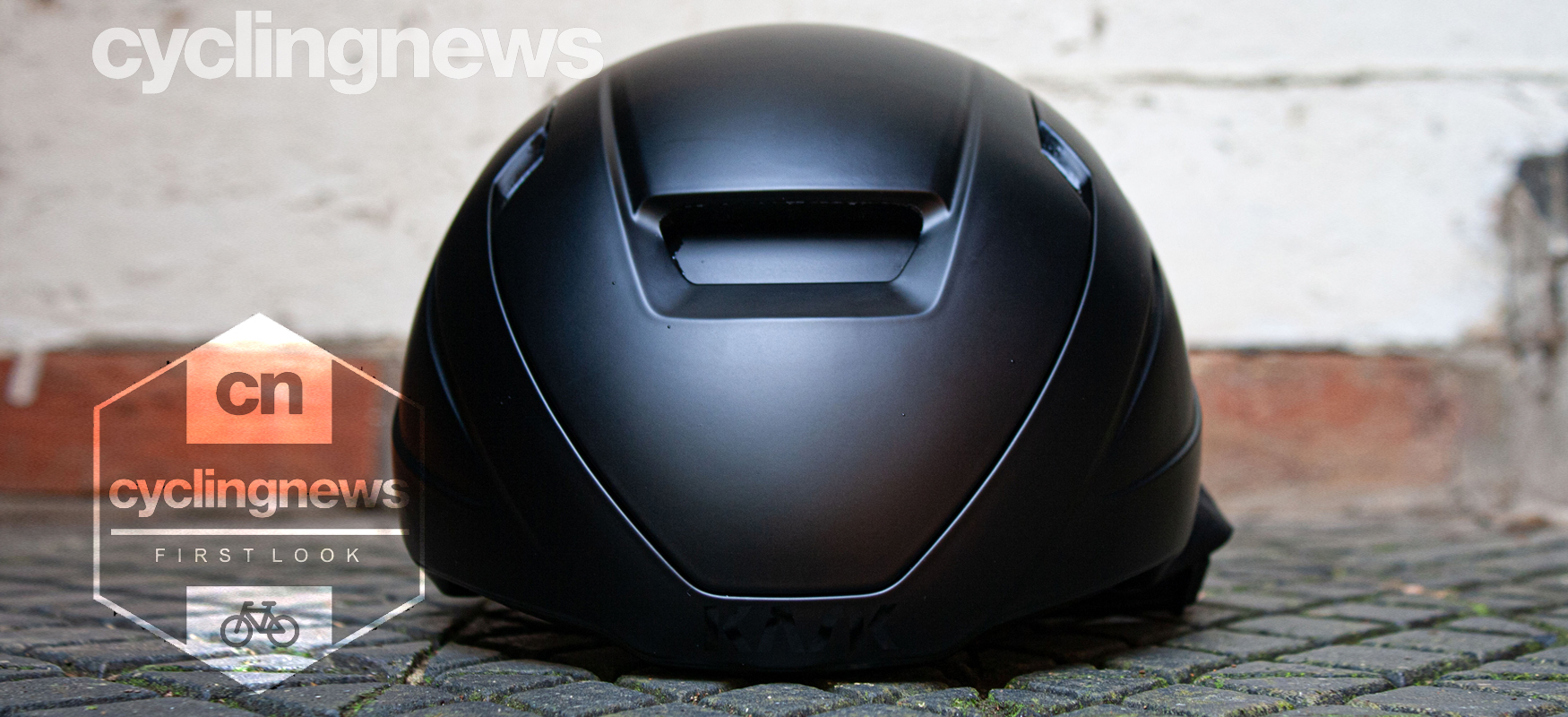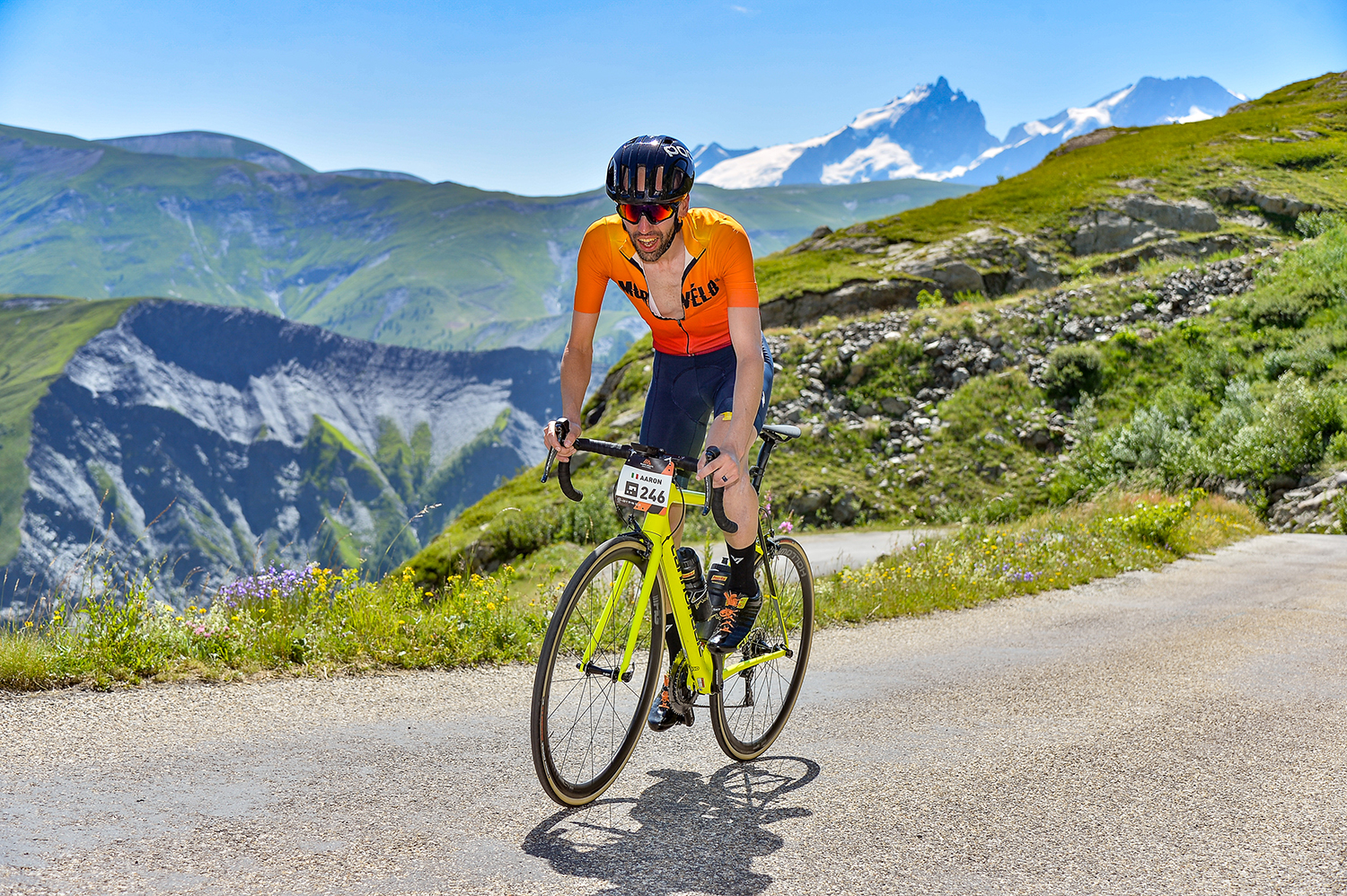Early Verdict
A multi-discipline, snug-fitting aero helmet tricked out in typical Italian fashion
Pros
- +
Cosseting, comfortable fit
- +
High levels of adjustability
- +
Central sliding vent
- +
Excellent ventilation for aero offering
- +
Seven colourways
- +
Stealthy looks
- +
Rear reflective decal
- +
Merino wool pads
Cons
- -
No rotational slip-plane technology
- -
Shell looks and feels very plasticky
- -
No sunglasses storage
You can trust Cyclingnews
First seen at this year's Strade Bianche on the heads of the Ineos Grenadiers, Kask's Wasabi helmet sits above the Protone, Valegro and Utopia in the brand’s product hierarchy. With so many high-quality options currently duking it out for a spot among the best road bike helmets, it's becoming increasingly difficult to make an informed decision as many of the options in this competitive space tick all the boxes in terms of safety, comfort, performance and weight.
Like many of the Italian helmet makers - Met, Rudy Project and Salice included - Kask has forged a reputation for its striking looks and svelte contours, and that's always been a strong selling point for the brand. We've spent the past few weeks getting to grips with what makes the new model tick, and this is what we think thus far.
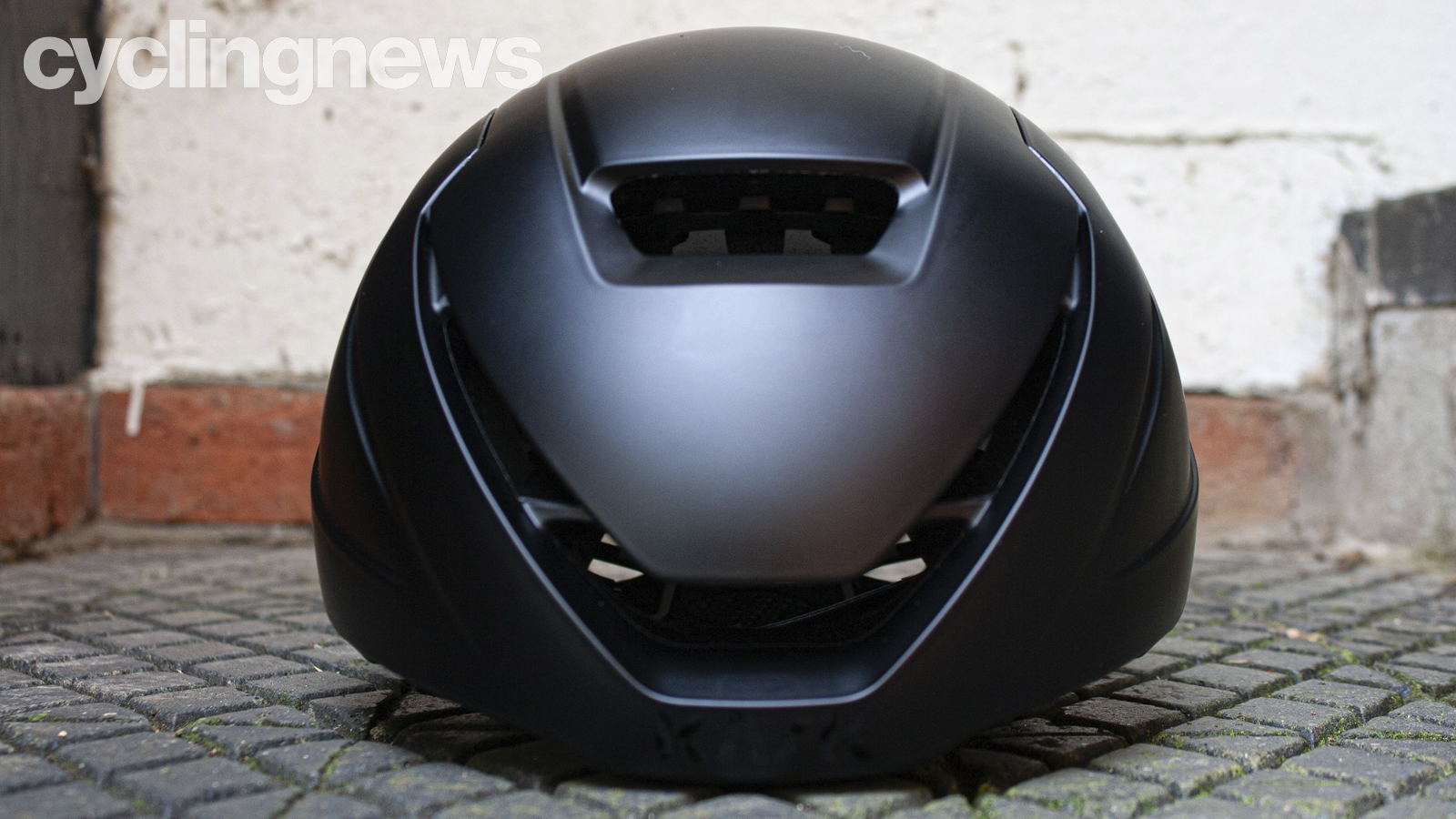
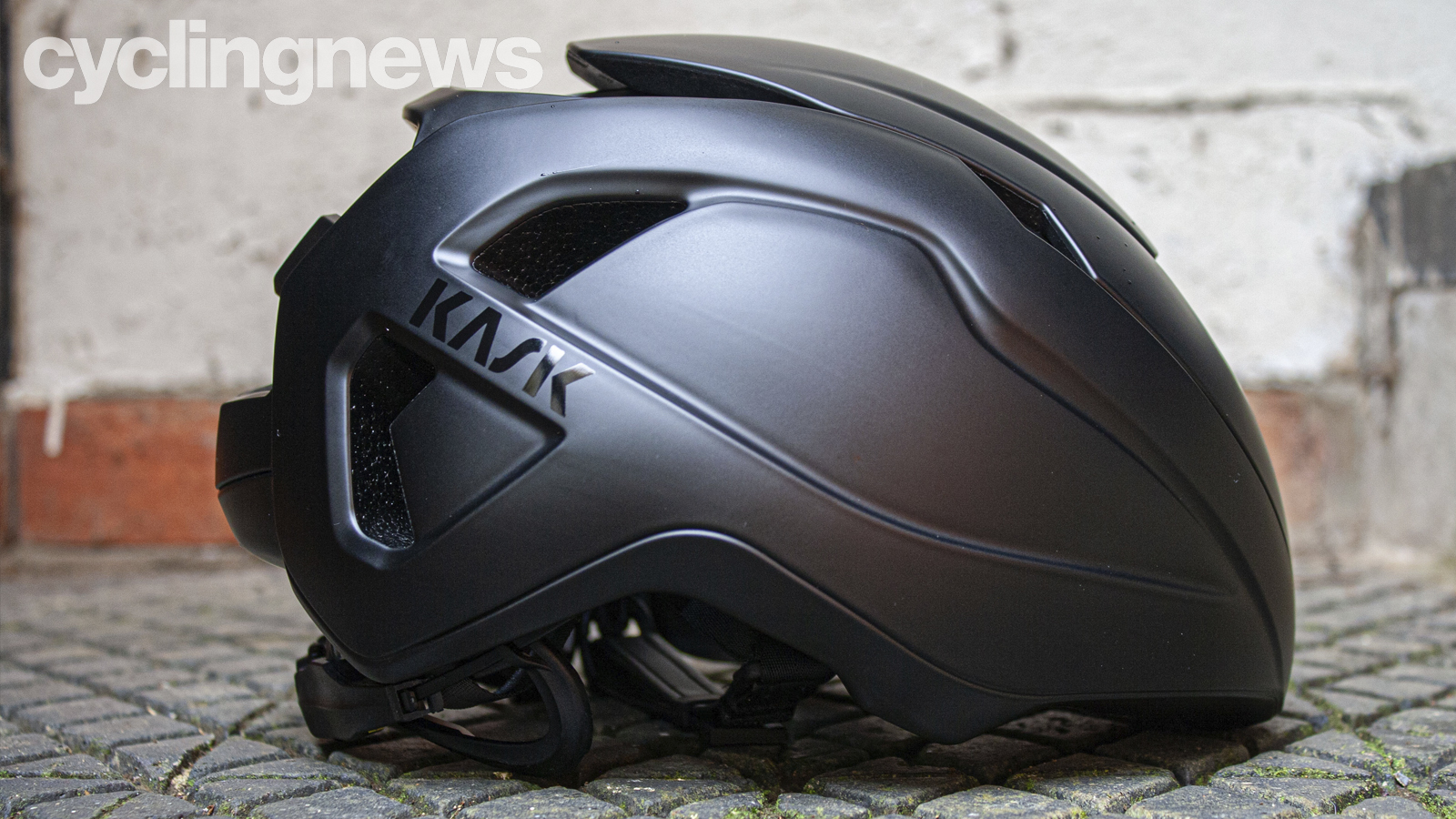
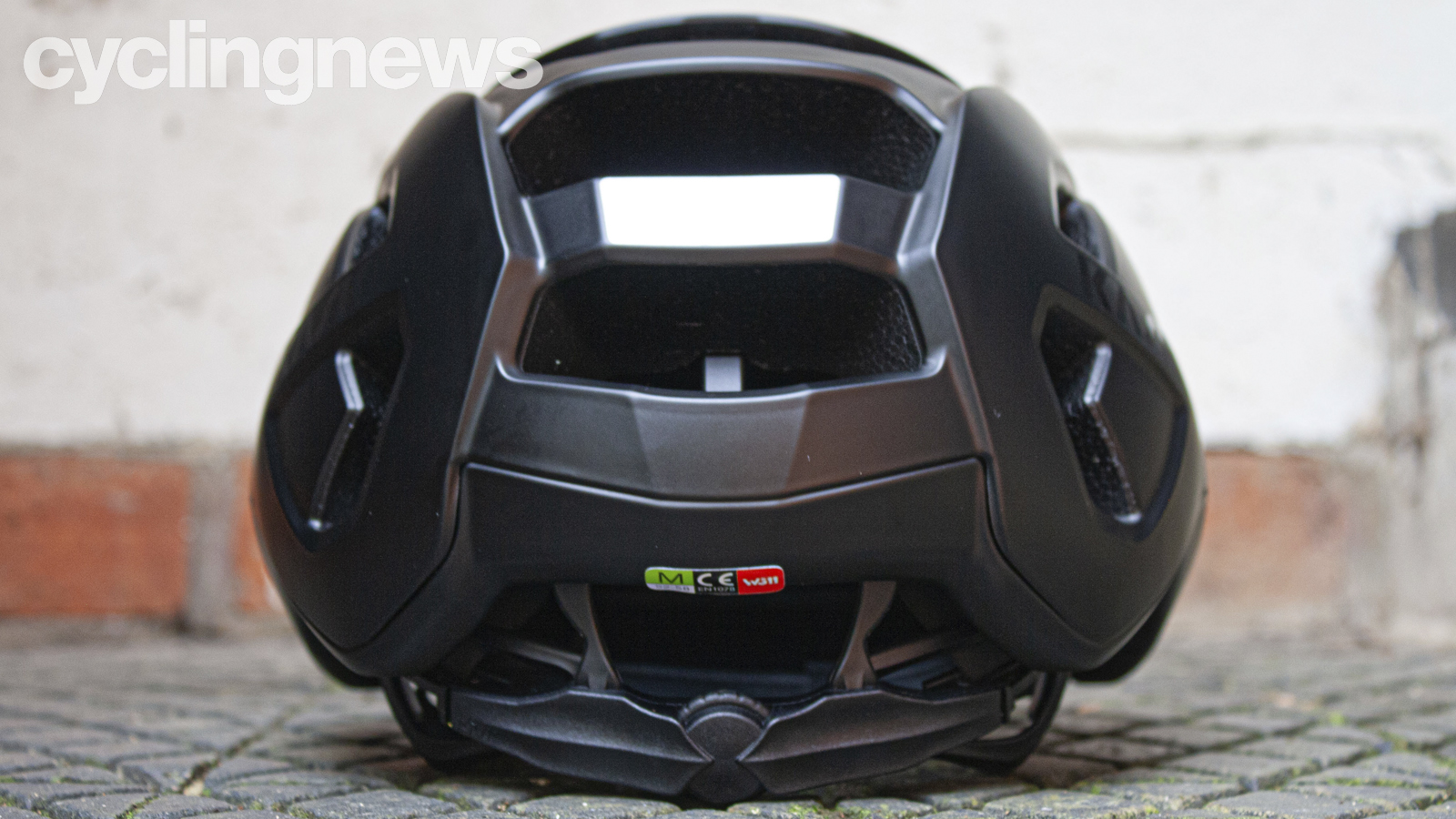
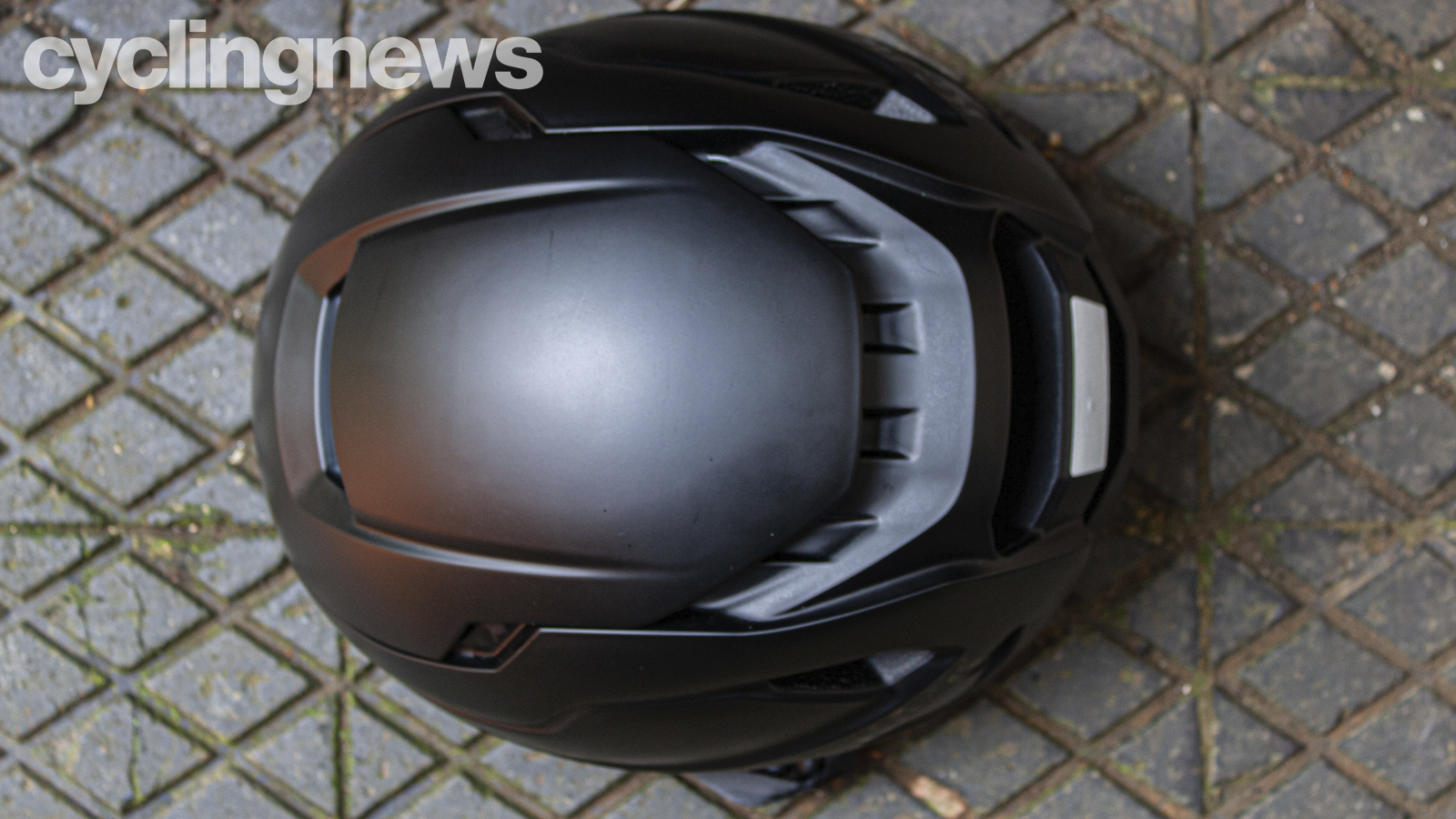
- What are MIPS helmets? Often touted as safer, what does MIPS mean and how does it work?
Design and aesthetics
The Italians are known for their bold design language and expressive use of form and colour, so I was a little disappointed with the black-on-black colour theme of my Kask Wasabi helmet. Something this sculptural could benefit from a combination of contrasting colours and surface textures - after all, the team livery on the Ineos Grenadiers version is far more engaging, using bright red/navy hues and a glossy finish to add more volume and depth - it looks great.
Our Wasabi's matte-black theme does highlight the sculptural interplay between the shell and vents, given the right light and conditions. The stealthy neutrality of black as a colour and its ability to match any kit/colour combination will likely see it find favour with many cycling fashionistas. In terms of colour options, the Wasabi is available in six matte-look pastel options, all of which bestow it with a less-than-premium plasticky look and feel.
In terms of shape, the Wasabi possesses the dimensions typical of the Kask brand - it's got a compact, head-hugging form that is neither too bulbous nor high-sitting but that does depend on individual head shape. The helmet utilises two vents upfront - one of which can be shut by sliding the middle panel in the helmet shell. The rear end employs six distinct exhaust ports which help optimise airflow and aid in heat expulsion, when the central sliding vent is open.
As is the case with all Kask products, the Wasabi gets a synthetic, eco-leather chinstrap which has proven to prevent skin irritation during prolonged time in the saddle. Speaking of straps, the helmet straps sit close to the face and while they don't offer any kind of adjustability, the overall fit is great. Other notable details include a collection of glossy Kask logos located on the front and flanks and a high-visibility reflective sticker on the rear.
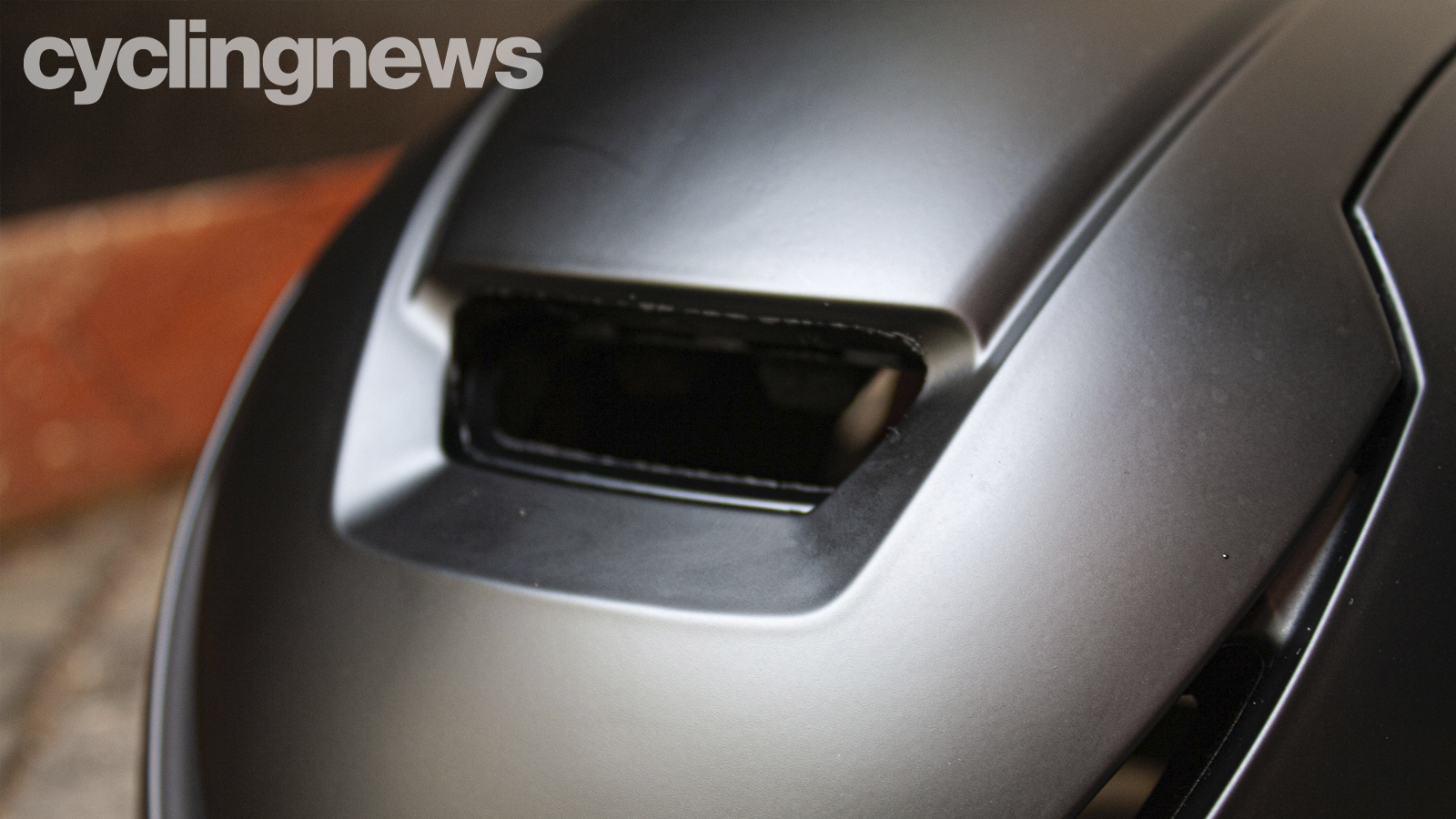
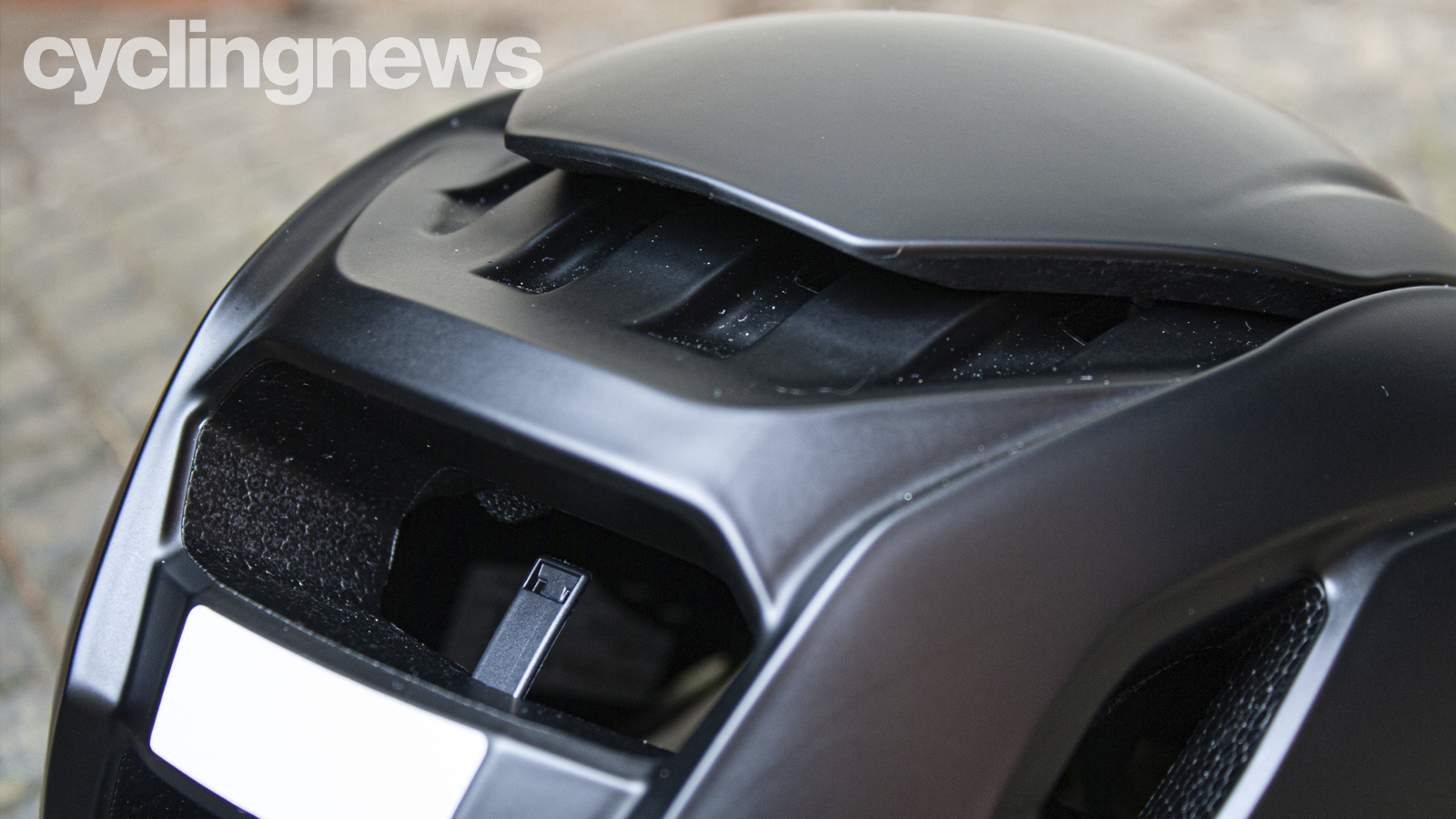
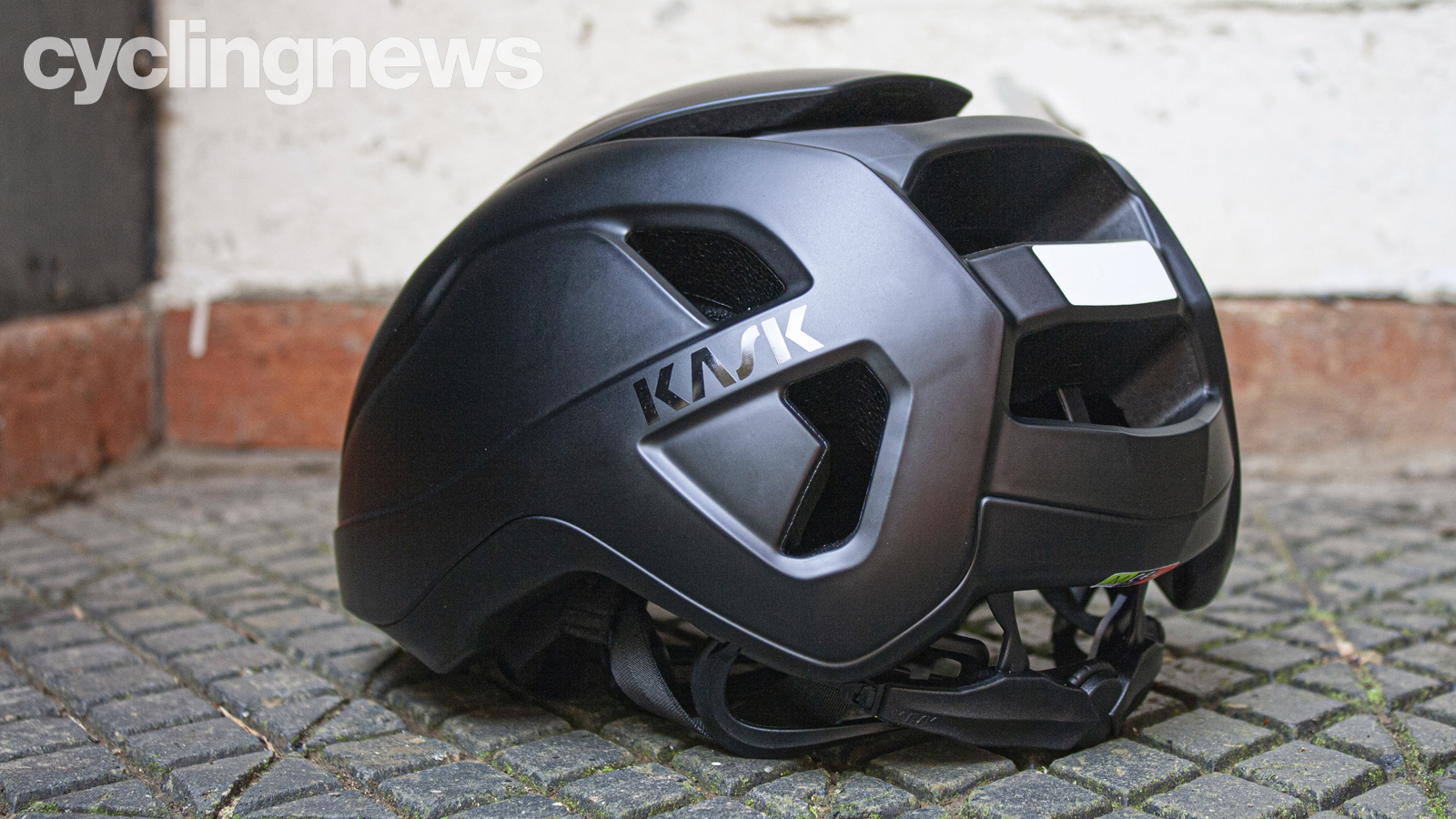
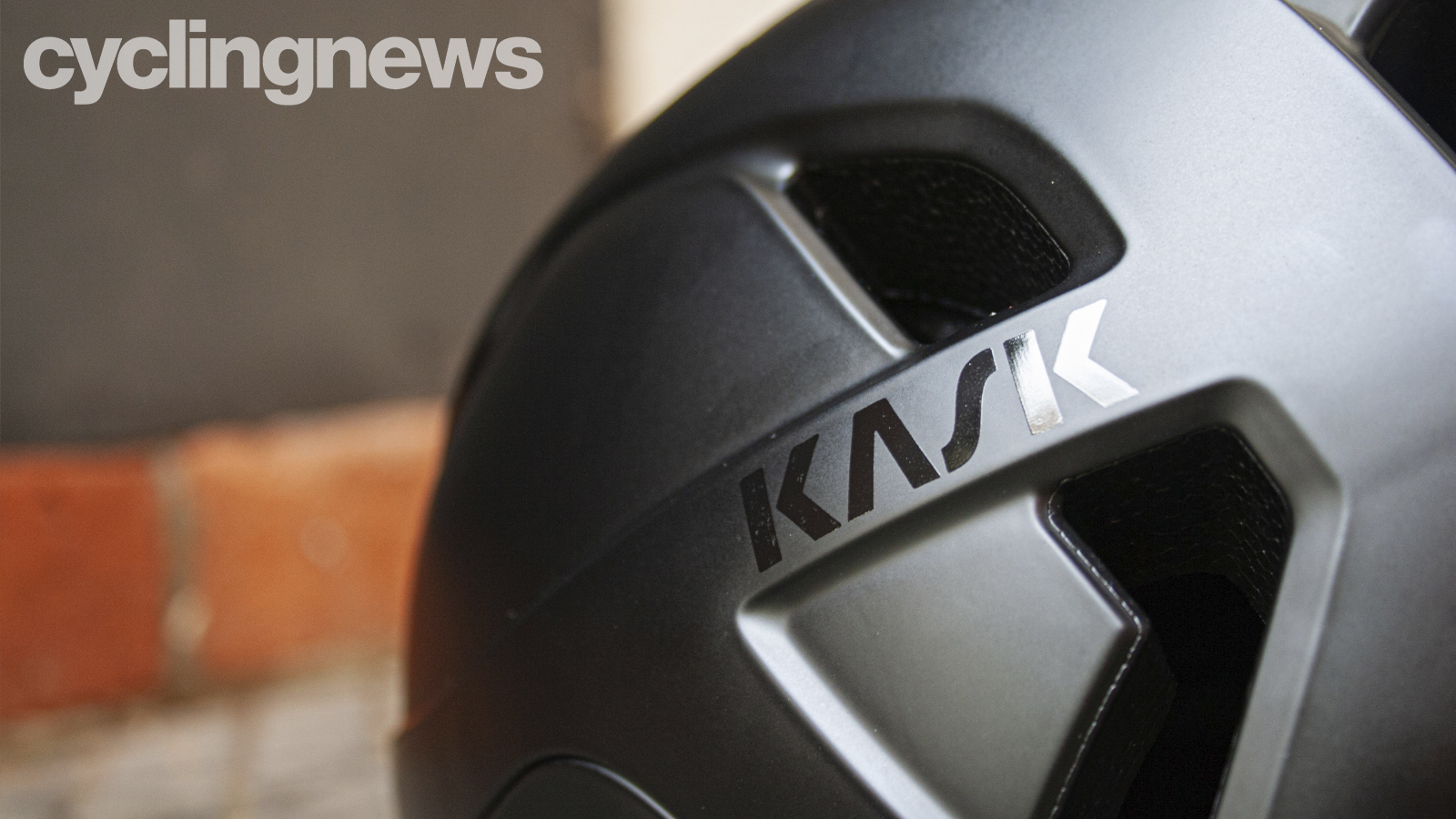
Specifications, performance and fit
The problem faced by many aero helmets is limited ventilation but Kask has struck a balance here by fitting the Wasabi with a central vent that slides up to let air flow through the front and via internal channelling to the exhaust ports at the rear. It works very well - especially when things get toasty on a climb. What's great about this feature is that the Kask Wasabi can be used throughout the year keeping your head warmer in winter and cooler in summer by simply sliding the vent up or down. In the closed configuration, temperatures inside the Wasabi helmet will be 1.5-degrees Celsius higher than the open position. Regardless of what configuration you use - vent up or down - it has been designed as an aero helmet with an efficiency loss of less than one watt, measured at 50km/h in the open position.
A clear omission is that of any specific directional impact slip liner. Kask has never been a proponent of MIPS or any other rotational tech for that matter - claiming the Wasabi has been subjected to "rigorous testing far beyond the mandatory industry standards"- something it calls its the WG11 protocol. As I mentioned in my review of the Met Rivale MIPS helmet, crash testing is a difficult area to quantify and, apart from physically subjecting the helmet to a real-world crash, it's almost impossible to put these claims to the test, but Kask is quick to point out all its helmets offer "the best possible protection against rotational impacts".
In terms of fit, Kask is one of the few brands that have things nailed. The Wasabi is available in three sizes (S,M,L) and benefits from the brand's fabled Octo Fit retention system allows for both vertical and horizontal adjustment, which is a boon for riders with ponytails. Comfort is further optimised by the addition of Merino wool padding on the inside of the shell. Developed in partnership with REDA (a market leader in the production of Merino wool), the internal padding claims to aid with ventilation and moisture-wicking - the latter point of which really works well to keep sweat and moisture from the eyes and brow area.
While there's no onboard 'eye-garage' storage system, the helmet does play nicely with sunglasses - especially with Kask-developed Koo shades. That said, other brands such as Oakley and 100% are also compatible. Looking at the specs in detail, particularly the claimed product weight, the Wasabi came in 25g lighter than the 290g quoted by Kask (265g in medium). Having received the helmet just a few weeks ago, testing has been limited but performance has been impressive nonetheless - wind noise is minimal at speeds of 30-40km/h (it gets a little more audible at descending speeds) and temperature management via the controlling the central vent works very well.
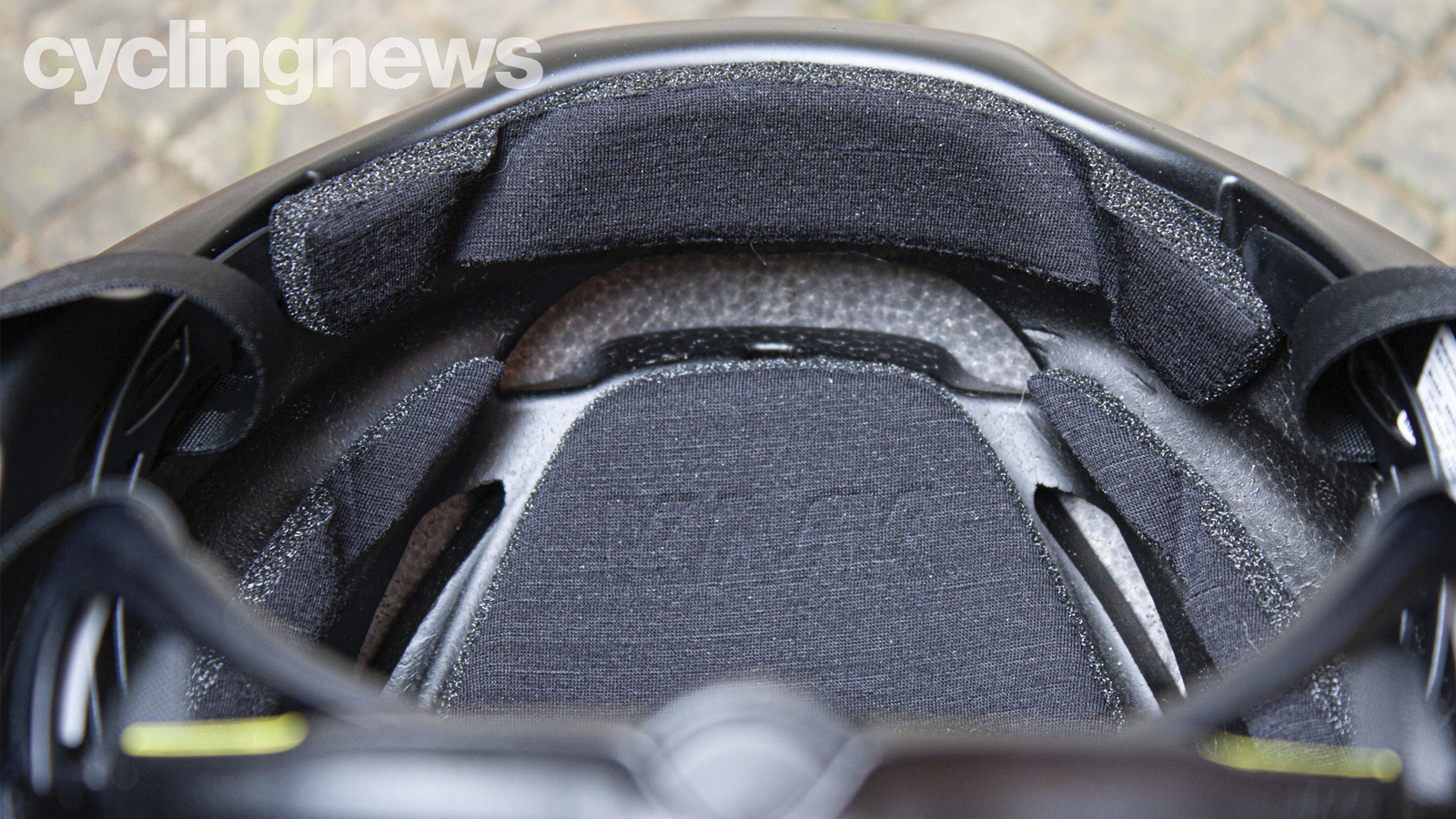
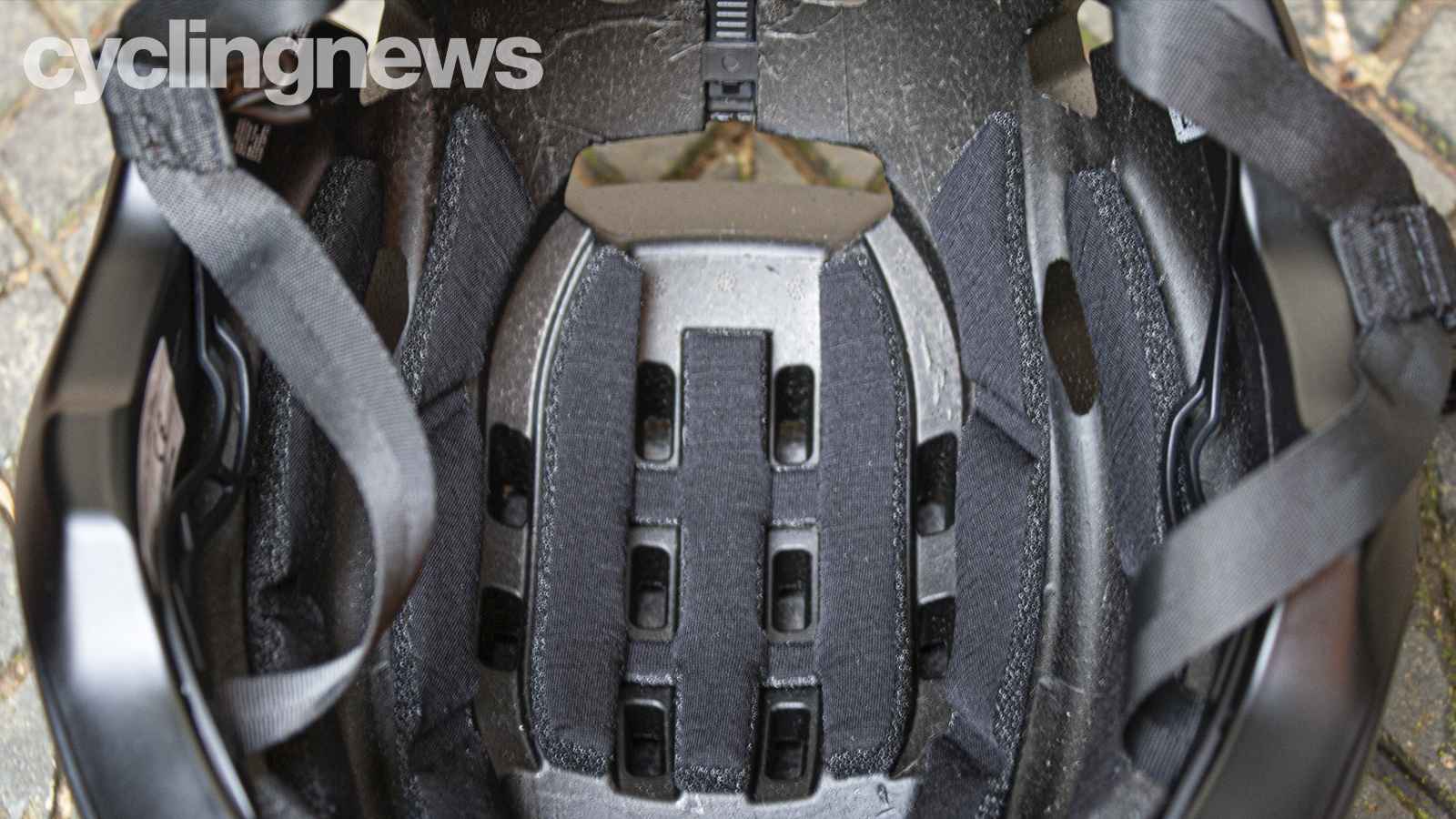
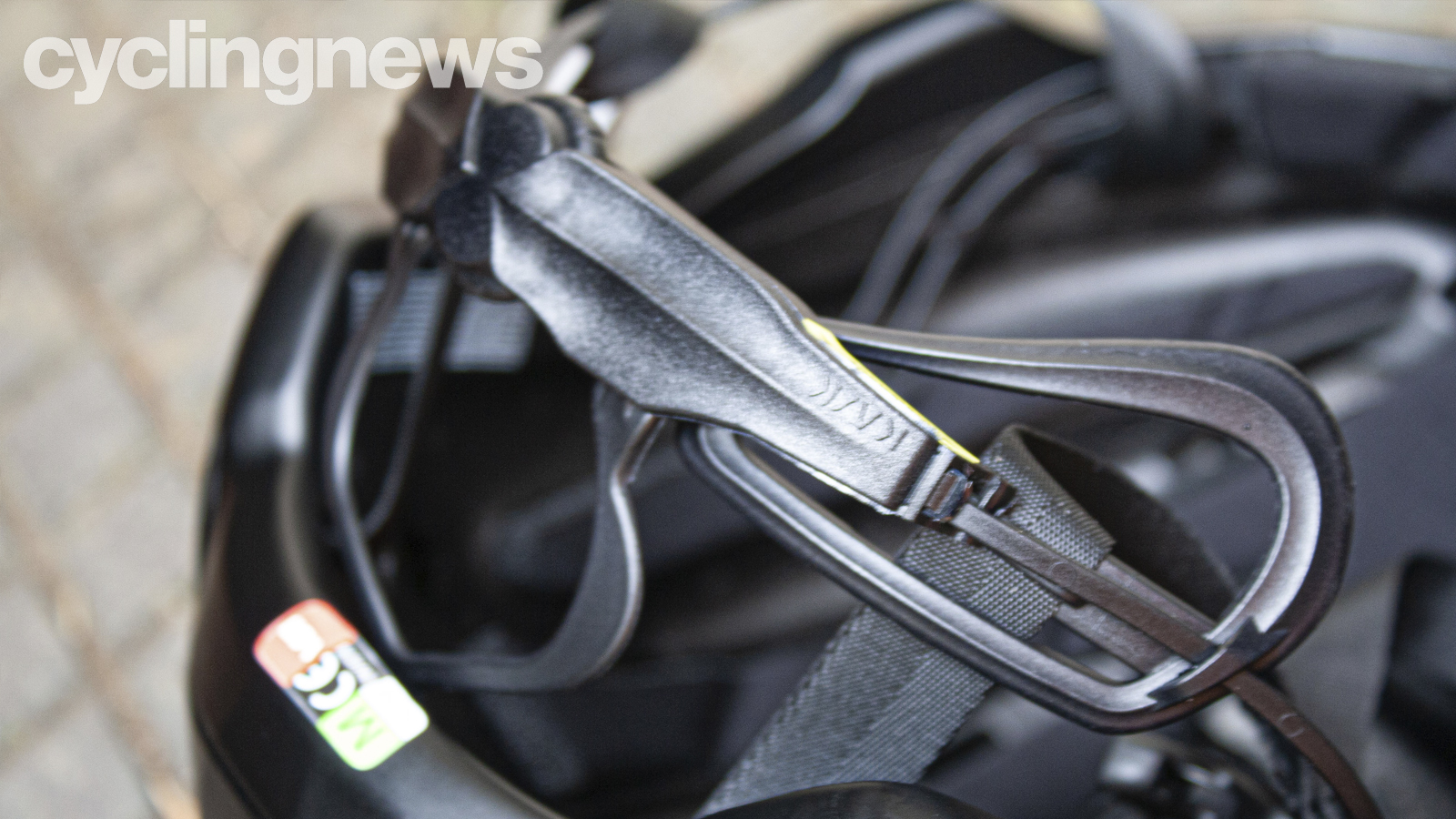
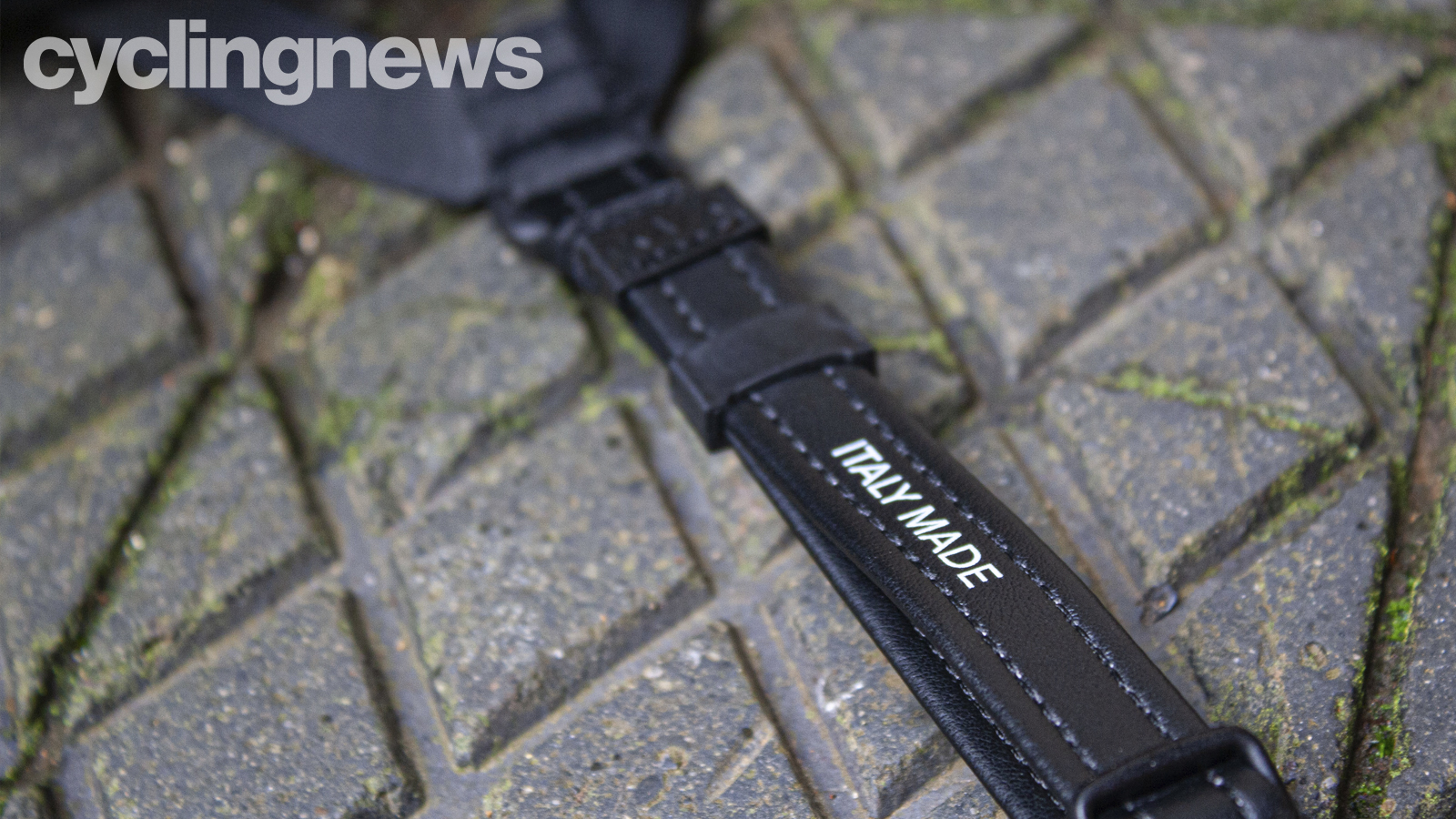
Early verdict
The Kask Wasabi is an impressive helmet offering great aerodynamic benefits, temperature management and comfort levels but this comes at a fairly high price. In fact, at £269 / $350 / €300 it's on the heftier end of the pricing spectrum of the best road bike helmets. For me, personally, a helmet is as much a style element as it is a safety protection measure and the way it looks and feels represents a huge part of the buying process.
In that regard, the Kask Wasabi has nailed one of those aspects: comfort. That's not so much the case when it comes to the aesthetical side of things but this can be fixed by merely playing around with complementing colour combinations and gloss/matte surfaces - something we've already seen on the Kask Wasabi team edition of the Ineos Grenadiers.
Further testing awaits, particularly over the coming winter months where we will put its all-season capabilities and cross-discipline claims to the sword.
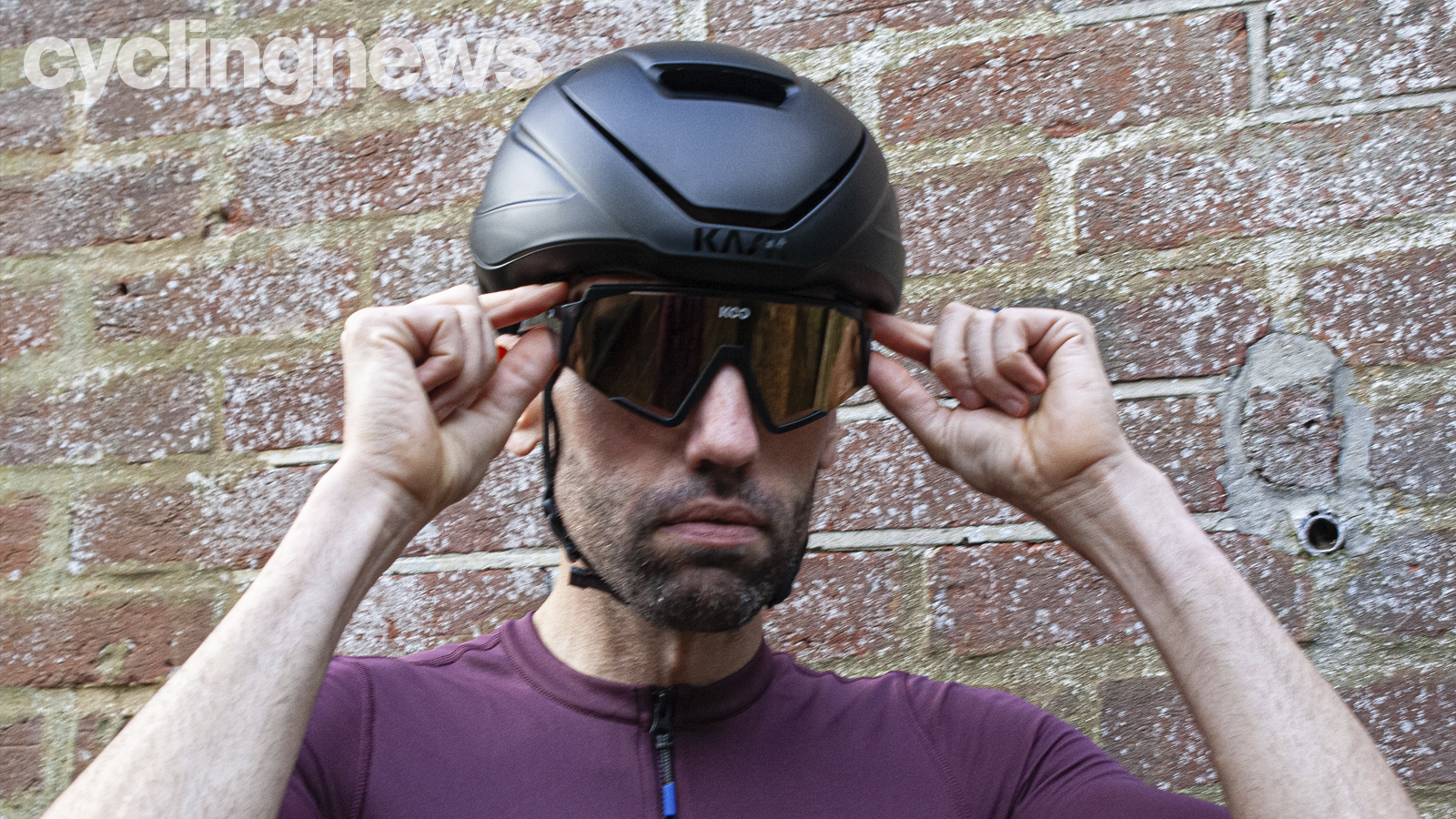
Tech Specs: Kask Wasabi helmet
- Price: £269 / $350 / €300
- Weight: 265g (medium, actual)
- Rotational safety: WG11 Rotational Impact Test Passed
- Aero: Yes
- Sizes: S, M, L
- Colours: Six
Aaron was the Tech Editor Cyclingnews between July 2019 and June 2022. He was born and raised in South Africa, where he completed his BA honours at the University of Cape Town before embarking on a career in journalism. Throughout this career, Aaron has spent almost two decades writing about bikes, cars, and anything else with wheels. Prior to joining the Cyclingnews team, his experience spanned a stint as Gear & Digital editor of Bicycling magazine, as well as a time at TopCar as Associate Editor.
Now based in the UK's Surrey Hills, Aaron's life revolves around bikes. He's a competitive racer, Stravaholic, and Zwift enthusiast. He’s twice ridden the Cape Epic, completed the Haute Route Alps, and represented South Africa in the 2022 Zwift eSports World Championships.
Height: 175cm
Weight: 61.5kg
Rides: Cannondale SuperSlice Disc Di2 TT, Cannondale Supersix Evo Dura-Ace Rim, Cannondale Supersix Evo Ultegra Di2 Disc, Trek Procaliber 9.9 MTB
What is a hands on review?
'Hands on reviews' are a journalist's first impressions of a piece of kit based on spending some time with it. It may be just a few moments, or a few hours. The important thing is we have been able to play with it ourselves and can give you some sense of what it's like to use, even if it's only an embryonic view.
